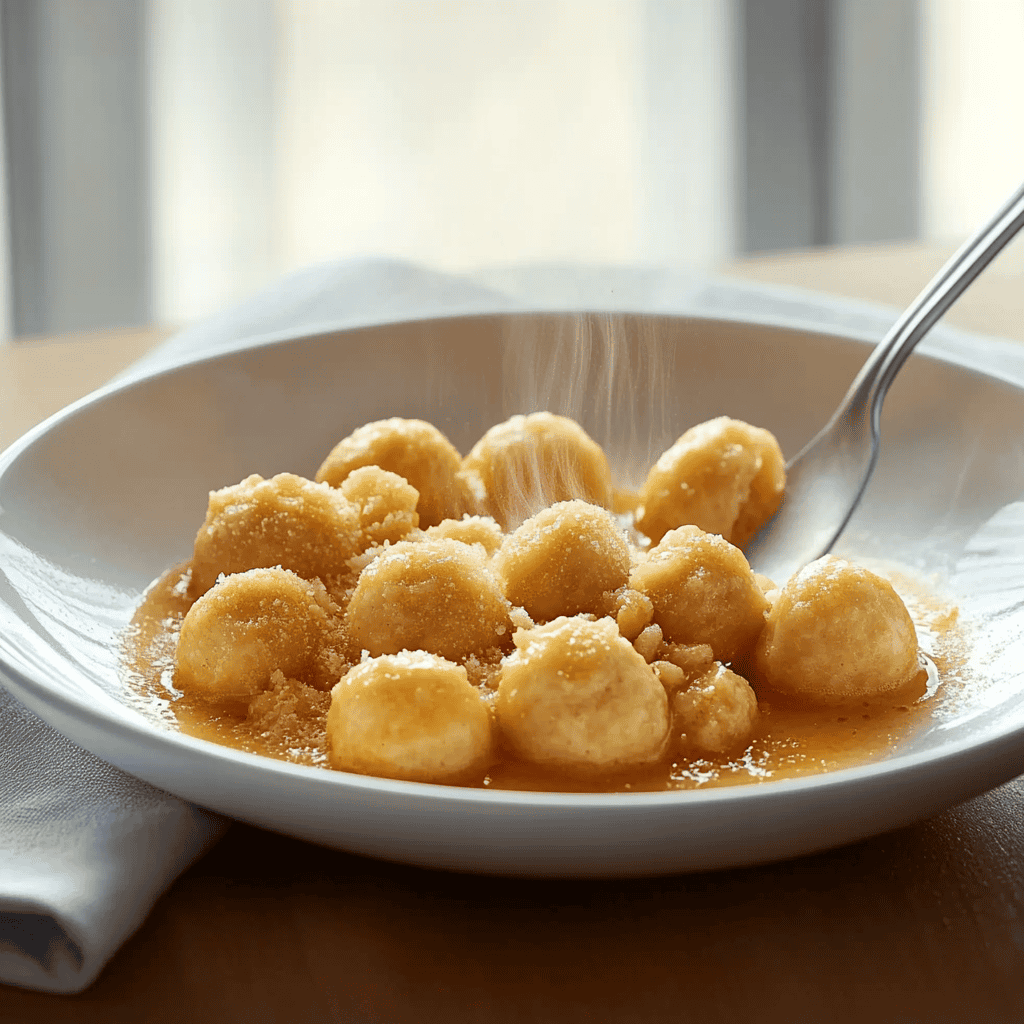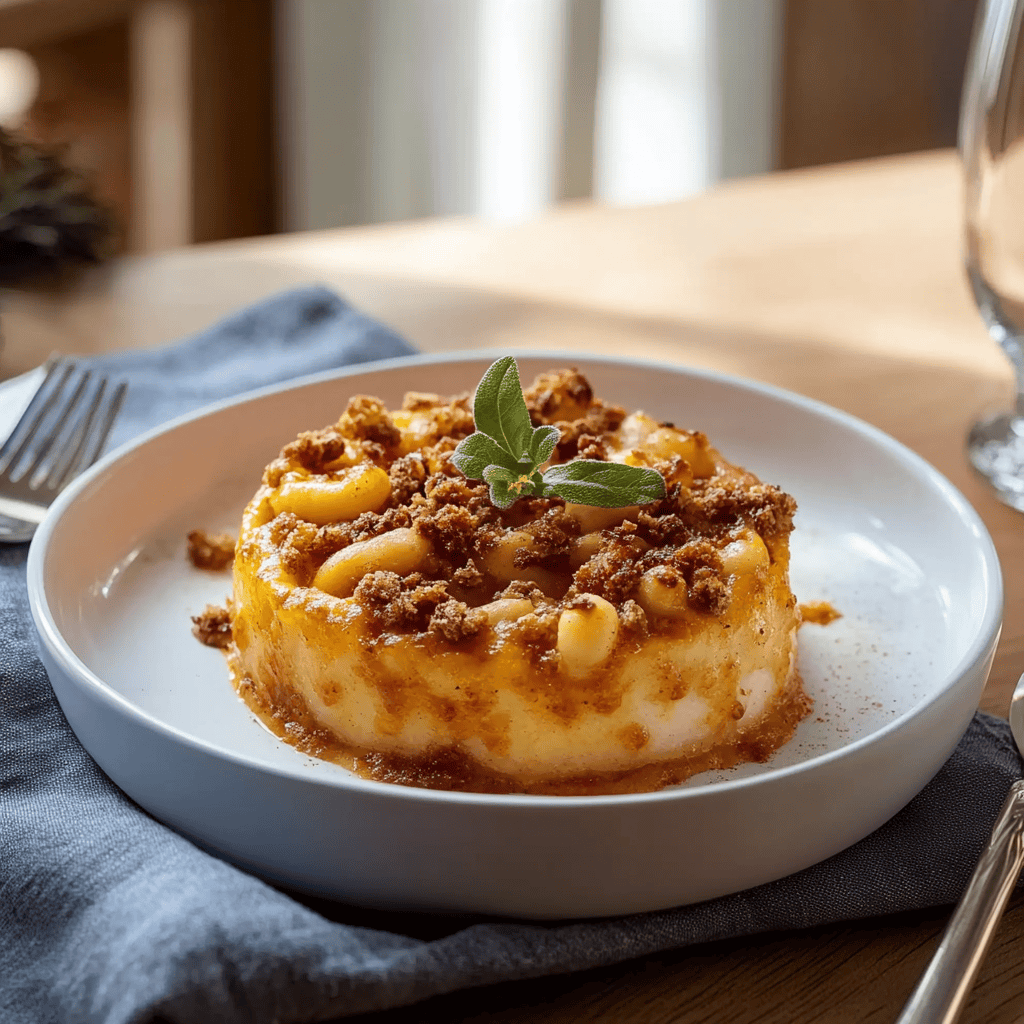Quick Overview
Are you looking for more inspiration in the kitchen? Cooking can sometimes feel repetitive and uninspired. However, with the right guidance and creative recipes, you can transform your meals from mundane to extraordinary. This article is packed with delightful recipes that promise to rejuvenate your culinary experience. Whether you are a novice cook or an experienced chef, these dishes offer a variety of flavors and techniques that will reignite your passion for cooking.
From comforting classics to modern twists on traditional favorites, there’s something here for everyone. We’ll cover essential ingredients that enhance flavor and texture while providing step-by-step instructions that guide you through each recipe with ease. With the focus on practical tips and clear directions, you’ll find yourself inspired to try new dishes and experiment in the kitchen.
By incorporating fresh ideas into your weekly menu, you can enjoy meals that not only taste amazing but also bring joy to your cooking routine. So get ready to dive into a world of flavors and textures as we present an array of delicious recipes designed to provide more inspiration for your home-cooked meals!
Ingredient Breakdown
1. **Olive Oil (1/4 cup)**
This versatile oil adds richness to dishes while promoting heart health. It enhances flavors without overpowering them.
2. **Garlic (3 cloves)**
Fresh garlic cloves bring aromatic depth and boldness to any recipe. Minced or sliced, it elevates both savory and sweet dishes.
3. **Fresh Herbs (1/4 cup mixed)**
Use herbs like basil, parsley, or cilantro to add brightness and freshness. They are essential for enhancing flavor profiles.
4. **Lemon Juice (2 tablespoons)**
Freshly squeezed lemon juice adds acidity that balances richness in dishes and brightens up flavors.
5. **Vegetables (2 cups assorted)**
Choose seasonal vegetables such as bell peppers, zucchini, or spinach for added nutrition and color in your meals.
6. **Proteins (1 pound)**
Options like chicken breast or tofu provide essential nutrients while serving as the main component of many dishes.
7. **Spices (1 tablespoon mix)**
A blend of spices such as cumin, paprika, or chili powder adds warmth and complexity to your meals.
8. **Salt (to taste)**
Essential for enhancing all other flavors in a dish; use it sparingly to avoid overpowering natural tastes.
9. **Pasta or Rice (2 cups cooked)**
These staples serve as hearty bases for many recipes and can soak up delicious sauces well.
10. **Cheese (1 cup grated)**
Cheese like Parmesan or mozzarella offers creaminess and rich flavor that complements various dishes beautifully.
Step By Step Recipe: More Inspiration
1. Begin by preparing all ingredients: chop vegetables into bite-sized pieces, mince garlic finely, and measure out spices and liquids needed for the recipe.
2. Heat olive oil in a large skillet over medium heat until shimmering but not smoking; add minced garlic first so it releases its aroma into the oil without burning.
3. Toss in chopped vegetables next; sauté them for about 5-7 minutes until they soften slightly while retaining their vibrant colors.
4. Sprinkle spices over the sautéed vegetables; stir well to distribute evenly before adding proteins like chicken or tofu into the skillet.
5. Cook the protein thoroughly until it reaches a safe internal temperature; this usually takes around 7-10 minutes depending on size cut chosen.
6. Pour in lemon juice after proteins are cooked; this will brighten up all the ingredients together while giving an extra layer of flavor!
7. If using pasta or rice as a base: prepare according to package instructions separately while finishing off sautéing mixture on stovetop until everything is combined nicely!
8. Once the pasta/rice is cooked al dente: drain if necessary then fold it into skillet along with grated cheese ensuring even distribution throughout!
9. Taste test before serving: adjust seasoning with salt if needed! Serve hot garnished with fresh herbs on top!
10. Enjoy your delicious creation at family gatherings or share with friends – remember these steps whenever seeking more inspiration!

Serving and Storing Tips
Proper Serving Techniques
Serve dishes directly from the stove onto warm plates to keep them hot longer! Garnish with fresh herbs or additional cheese if desired – this helps elevate presentation! Pair with crusty bread or a light salad on the side which complements main course perfectly! Always consider portion sizes based on guests’ preferences – small servings encourage seconds without overwhelming appetites!
Storage Guidelines
Store leftovers promptly within airtight containers after cooling down completely! Refrigerate promptly if not consuming within two hours! Most cooked dishes can last up to three days stored properly! Reheat gently over low heat on stovetop or microwave until heated through before serving again! For long-term storage options consider freezing individual portions – this allows easy future access whenever cravings hit!
Mistakes to avoid
One common mistake is not preparing ingredients beforehand. Failing to measure and organize your ingredients can lead to confusion and missteps during cooking. This disorganization may result in forgotten components or wrong measurements, which could ruin the final dish. Always take some time to gather all ingredients and tools before you begin cooking.
Another frequent error is ignoring cooking times. Each ingredient has a specific cooking time, and neglecting this can affect texture and flavor. For instance, overcooked vegetables can become mushy while undercooked proteins might be unsafe to eat. Use timers when necessary to ensure everything cooks perfectly.
A third mistake involves skipping taste tests throughout the cooking process. Many home cooks wait until the end to taste their dish, missing opportunities for adjustments. Regularly sampling your food allows you to season appropriately and modify flavors as needed for the best results.
Overcrowding the pan is another issue that can lead to uneven cooking. When too many ingredients are in a single pan, they steam rather than brown properly. To achieve perfect searing, cook in batches if necessary, allowing each piece enough space to develop its flavor and texture.
Lastly, neglecting proper cleaning can lead to cross-contamination and food safety issues. Always wash your hands after handling raw meat or eggs, and clean surfaces regularly during meal preparation. This habit will help you maintain a safe kitchen environment.

Tips and tricks
Always read the recipe fully before starting any dish. Skimming through instructions may cause you to miss crucial steps or timing details that are essential for a successful outcome. Understanding each phase of the recipe helps smooth out your workflow.
Invest in high-quality kitchen tools like sharp knives, sturdy cutting boards, and reliable measuring cups. Using proper equipment not only makes cooking easier but also enhances safety in the kitchen. Dull knives can lead to accidents while chopping, so keeping them sharp is crucial.
When it comes to seasoning, start small and build up gradually. It’s easier to add more salt or spices than it is to fix an overly seasoned dish later on. Taste as you go along; this practice will help you achieve balanced flavors without overpowering your meal.
If you want your meals consistently delicious, keep a well-stocked pantry with staples like olive oil, vinegar, spices, and grains on hand. Having these essentials ready allows for quick meal prep and encourages creativity in the kitchen.
Finally, embrace leftovers creatively! Instead of viewing them as unappetizing repeats of previous meals, think of ways to transform them into something new—like turning roasted vegetables into a hearty soup or using chicken from last night’s dinner in a salad today.
Suggestions for More Inspiration
Experiment with different cuisines by trying out recipes from various cultures around the world. Each cuisine brings unique flavors and techniques that can broaden your culinary skills while keeping things exciting in your kitchen.
Consider joining a local cooking class or online workshop where you can learn new skills alongside fellow food enthusiasts. These classes often focus on specific techniques or dishes that ignite passion for cooking while meeting others who share similar interests.
Follow food blogs or social media accounts dedicated to recipe sharing for daily inspiration on what to cook next. Many chefs offer tips along with their recipes that can enhance your understanding of various culinary styles while introducing fresh ideas into your routine.
Visit farmer’s markets regularly for seasonal produce inspiration! Fresh fruits and vegetables not only taste better but also provide endless possibilities for creating new dishes based on what’s available at that time of year.
Lastly, keep an idea journal where you jot down thoughts about dishes you’d like to try or modifications on existing recipes you’ve enjoyed before! Recording these ideas ensures you have a wealth of inspiration ready whenever you’re looking for something new in the kitchen.

FAQs
What should I do if my dish tastes bland?
If your dish tastes bland, try adding salt first as it helps enhance the natural flavors present in your ingredients. If that doesn’t quite do it, consider introducing acidity by adding lemon juice or vinegar which can brighten up the overall flavor profile significantly.
How can I prevent my vegetables from becoming mushy?
To prevent mushy vegetables, avoid overcrowding them in the pan during cooking; this allows them space to roast instead of steam. Also remember that different vegetables have different cook times—cook denser veggies like carrots longer than softer ones like bell peppers for optimal texture.
Is it necessary to use fresh herbs instead of dried?
While dried herbs are convenient and flavorful, fresh herbs bring brightness that dried versions cannot replicate easily! If possible use fresh herbs towards the end of cooking so their vibrant flavors remain intact—this will elevate any dish significantly!
Can I substitute ingredients in recipes without losing quality?
Yes! Substituting ingredients is often possible without compromising quality; however make sure substitutions fit within similar flavor profiles or textures so they work harmoniously together—like using Greek yogurt instead of sour cream in dips!
How important is presentation when serving meals?
Presentation plays an important role in enhancing enjoyment during mealtime; visually appealing dishes stimulate appetite even before tasting begins! Take time arranging plates neatly with garnishes such as herbs or sauces drizzled artistically around food items.
What are some easy weeknight meal ideas?
Easy weeknight meals include stir-fries loaded with colorful veggies paired with protein sources like tofu or chicken served over rice; sheet-pan dinners featuring seasoned potatoes alongside fish/vegetables; pasta tossed simply with olive oil & garlic topped off by grated cheese makes quick satisfying options!
Summary
In summary, avoiding common mistakes like mismeasuring ingredients and ignoring cooking times will help improve your culinary skills significantly. Utilizing helpful tips such as reading recipes thoroughly enhances execution while stocking pantry staples promotes creativity. Seeking more inspiration through diverse cuisines or classes enriches experience further along with keeping an idea journal handy for those moments when motivation lags behind!

